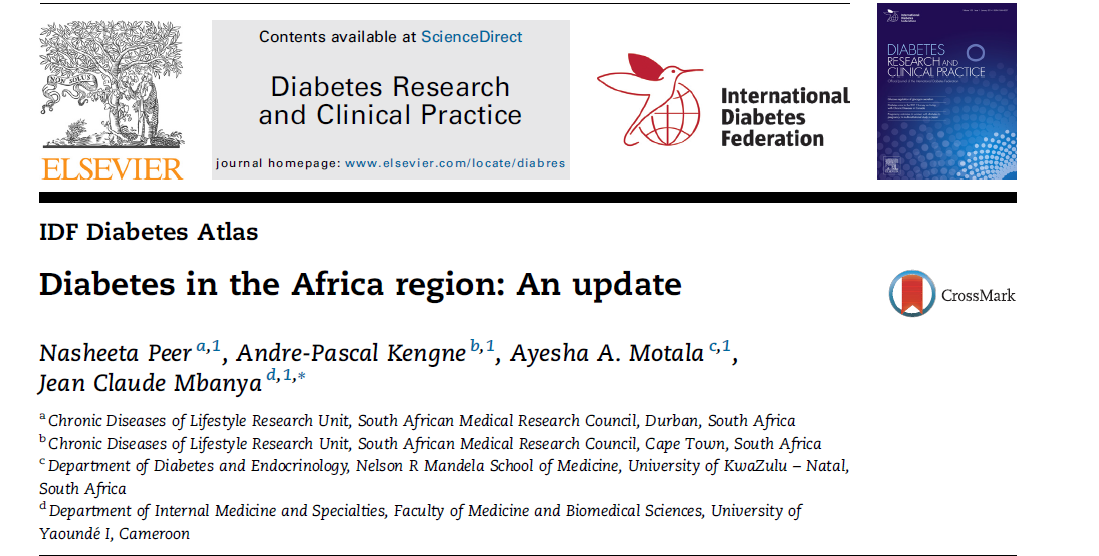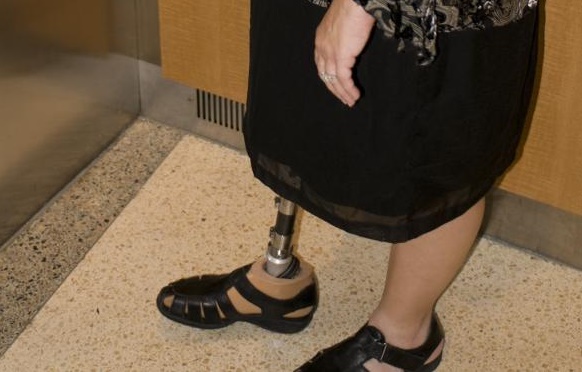
Diabetes in Africa – it’s no small matter.
Recently, I have heard of more and more people that I know whose life has been affected by diabetes. I sought to find some evidence of what the situation with diabetes was in Kenya and Africa as a whole. I came across this review published in 2014 by researchers from South Africa and Cameroon in the journal Diabetes Research and Clinical Practice.
Although there are two diabetes types: type 1 and type 2 – type 2 is the most common in Africa, over 90% of diabetes on the continent is type 2. Generally, type 1 is diagnosed in children and type 2 in adults. Adult type 2 diabetes is often in people over 30 years old, often people who are either obese, hypertensive or with high ‘bad’ cholesterol. If diagnosed early it can be treated without injections and it is possible to come off the medication but late diagnosis can lead to devastating consequences.
In this series of articles, when I talk about diabetes – I will be referring ONLY to type 2 adult diabetes.
So what kind of numbers are we talking about in Africa as a whole?
This review tells us that 5% of the population in Africa between 20 – 79 years of age, have diabetes. Considering we are a continent of 1 billion people, if 5% of the adults are diabetic – let’s make an estimate from what we have. We shall make an assumption that 40% of our population is over 20 years old = so with 1 billion population = we assume a population of 400 million adults over 20 years old. If 5% of 400 million are diabetic, we are talking about 20 million Africans suffering from diabetes.
This is kinda what this paper arrived at as it made predictions of future disease on the continent.
Diabetes figures in the African region are projected to increase with the number of individuals with the condition rising from 19.8 million (roughly 20 million) in 2013 to 41.5 million in 2035.
So within 20 years, a huge increase in diabetes cases is expected.
Diabetes is however not uniform in Africa and there are certain regions that report higher numbers than others. Due to its sheer huge population, Nigeria has the highest numbers of people with diabetes on the continent, totaling, according to 2013 estimates, to about 3.9 million. To put this in perspective, the enumerated population of Nairobi in 2009 was 3.1 million – so in Nigeria, as many people as there are in Nairobi city are suffering from diabetes in 2013. It’s no small matter.
Kenya, is not doing that great either at number 6 on the African continent, with 749,248 people estimated to be suffering from diabetes in 2013.
Although I brandish these figures as presented by our dear colleagues from Cameroon and South Africa as they are – I always have doubts about how disease estimates in Sub-Saharan Africa are done. Unless it’s HIV or ANC services and such like, where there are programs spread out across a whole nation that can provide accurate guesses, this one on diabetes is a best guess estimate, but it’s all we have.
One of the biggest problems with diabetes is that researchers who study the disease in Africa tell us that 50% of the population with the condition do not know that they have diabetes – and that is a big problem. Undiagnosed diabetes leads to unnecessary suffering and deaths that would have been prevented with early diagnosis.
In October I wrote a blog titled ‘Are you diabetic?’ that provided information about a questionnaire that would help enable anyone to determine if they are at increased risk of diabetes and would need a blood test.
http://healthkenya.co.ke/are-you-diabetic/
I am not sure how many takers that one had – but I would like to ask you to re-consider having a look at that blog again because diabetes is actually serious stuff. It’s a chronic condition that can have pretty catastrophic consequences when not detected on time.
Next week, we talk some more about diabetes….






